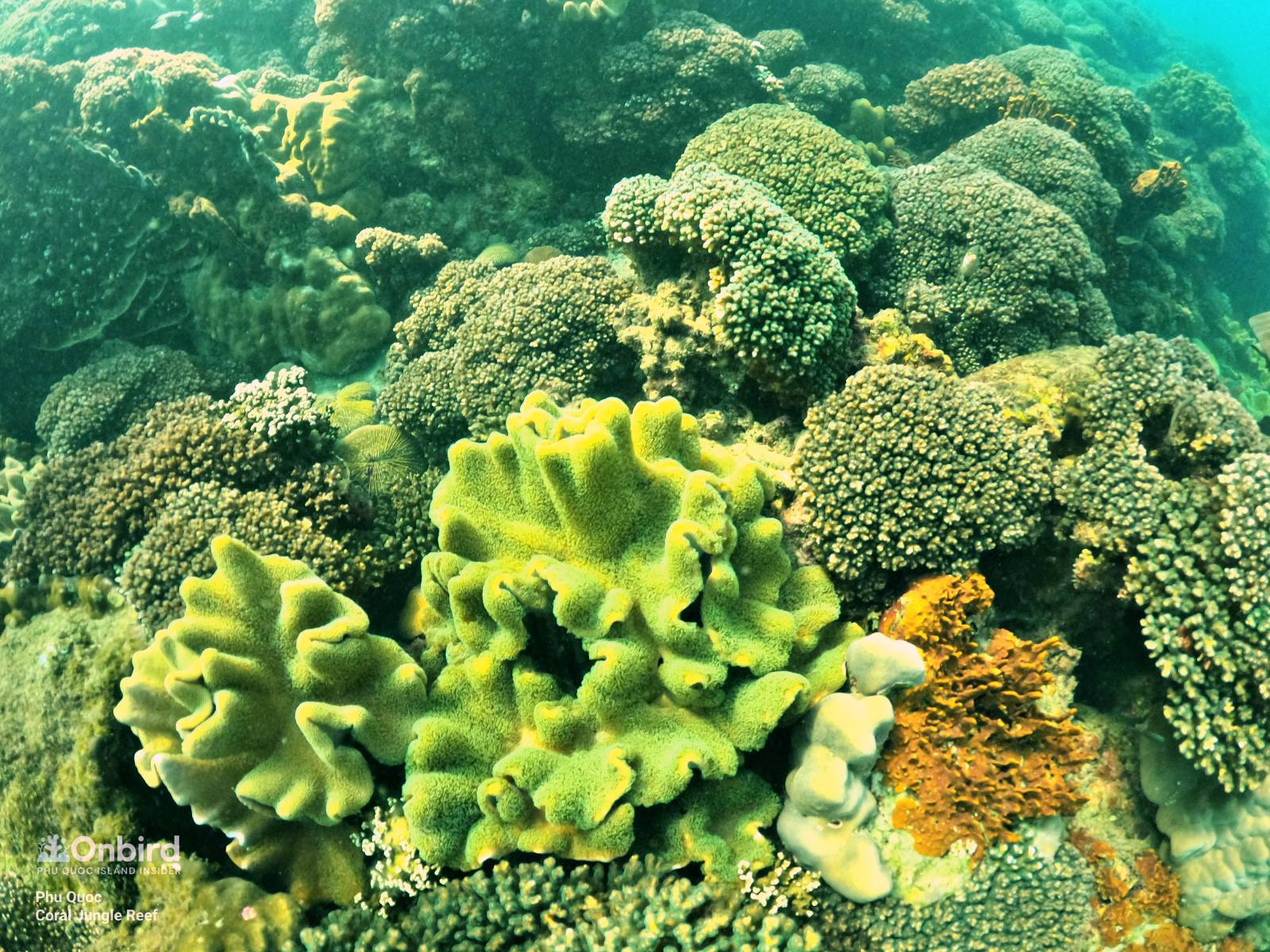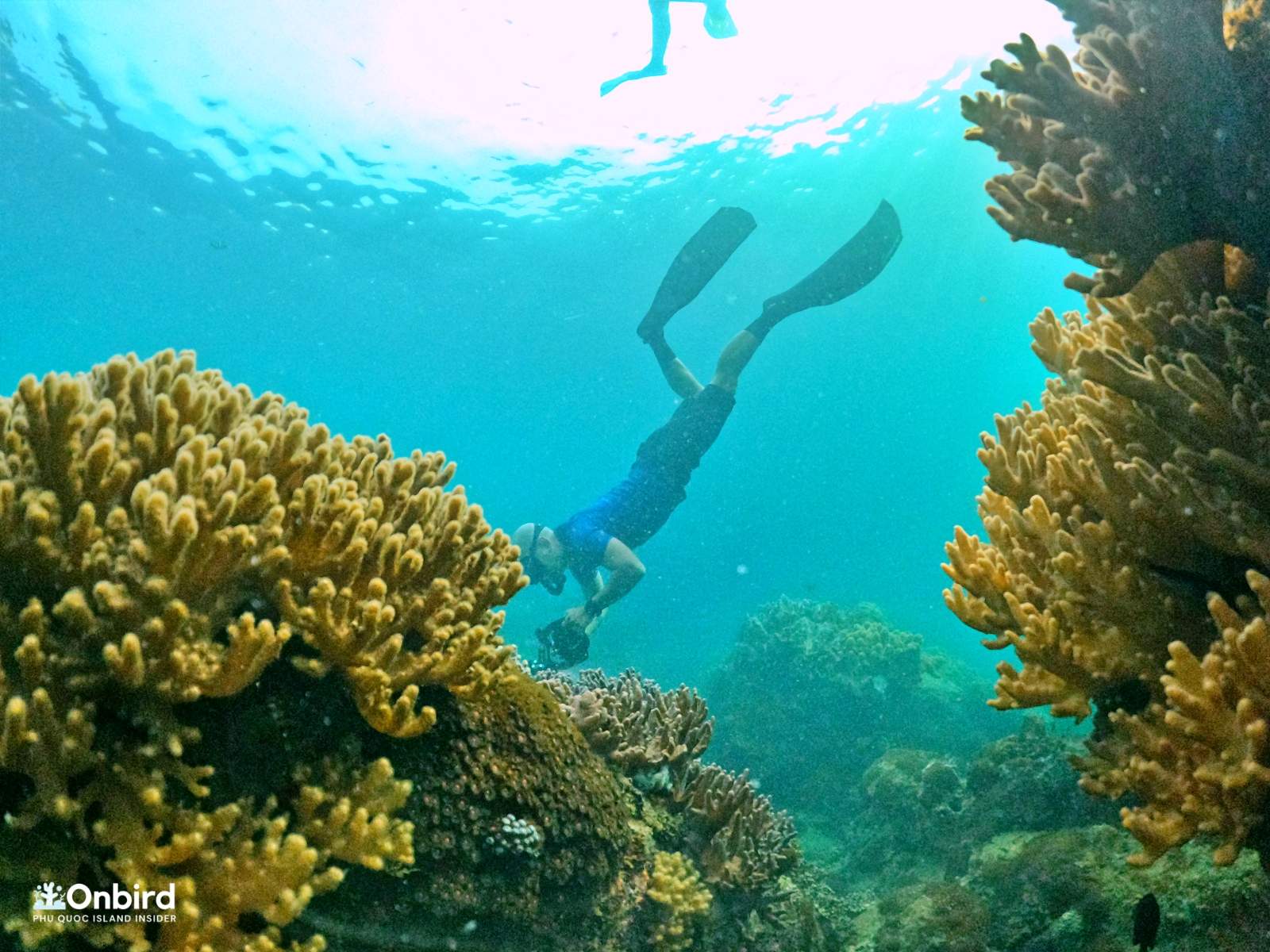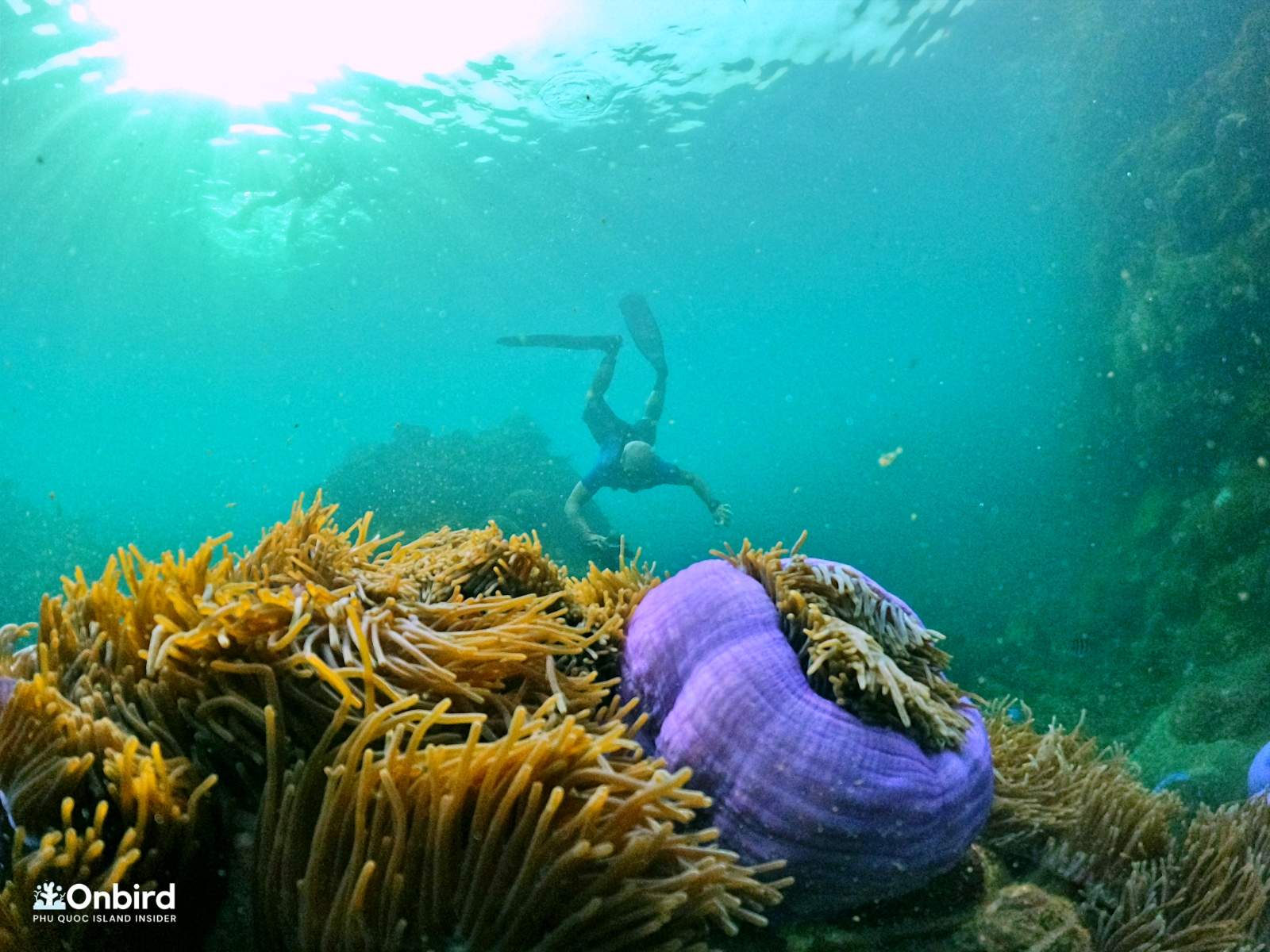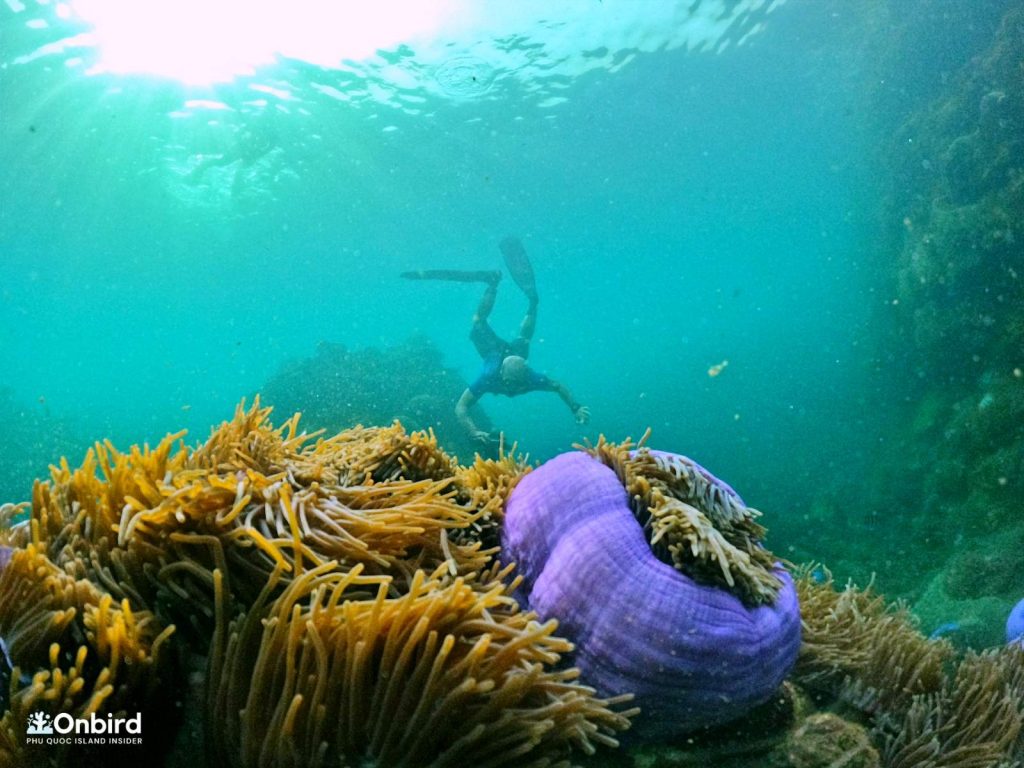Sometimes you look at corals that have hard shapes like rocks, soft like trees,…but they have a strange ability to reproduce that makes you wonder if corals are really animals or plants.
In this article, we will answer:
- Is coral an animal or a plant?
- Where does the color of the coral come from?
MAIN CONTENTS
I. ARE CORALS ANIMALS OR PLANTS?
Corals are marine invertebrates within the class Anthozoa of the phylum Cnidaria. They typically form compact colonies of many identical individual polyps. Coral species include the important reef builders that inhabit tropical oceans and secrete calcium carbonate to form a hard skeleton.
Coral mainly classified into 2 types:
- Hard coral (scleractinian and stony coral) which form reefs by a calcium carbonate base, with polyps with 6 stiff tentacles
- Soft coral (Alcyonacea and ahermatypic coral) which are bendable and formed by a colony of polyps with 8 feather like tentacles

Corals are organisms that can reproduce both sexually and asexually:
- Sexual reproduction increases genomic diversity and creates new coral reefs
- Asexual reproduction helps to promote the development and increment in coral reef area
Coral reefs are believed by many to have the highest biodiversity of any ecosystem on the planet and contains many interesting things waiting for you to discover. Go find hidden things in the ocean and write your own trip.
Read more information about coral reefs in Phu Quoc Island, Vietnam here.
III. HOW DO CORAL EATS?
Corals get their food from algae living in their tissues or by capturing and digesting prey
Most reef-building corals have a unique partnership with tiny algae called zooxanthellae. The algae live within the coral polyps, using sunlight to make sugar for energy. This energy is transferred to the polyp, providing much needed nourishment. In turn, coral polyps provide the algae with carbon dioxide and a protective home.
Corals also eat by catching tiny floating animals called zooplankton. At night, coral polyps come out of their skeletons to feed, stretching their long, stinging tentacles to capture critters that are floating by. Prey are pulled into the polyps’ mouths and digested in their stomachs.
Corals live with a special photosynthetic algae called Zooxanthellae, through photosynthesis, this microscopic algae provides up to 90% of the nutrition needed for corals to develop its calcium carbonate skeleton. Their food is plankton and mainly from the photosynthesis activity of the algae Zooxanthellae.

II. WHERE DO COLORATIONS OF CORAL COME FROM?
As a kind of marine invertebrates that cannot live alone, photosynthetic algae Zooxanthellae and coral live together and provide each other with different benefits, coral reefs are found in oligotrophic waters (which are poor in nutrients such as nitrogen, phosphate and possibly iron) thereby 80-90% of nutrients that coral needs are the organic carbon products produced from the photosynthesis of algae Zooxanthellae.
Zooxanthellae are photosynthetic organisms, which contain chlorophyll a and chlorophyll c, as well as the dinoflagellate pigments peridinin and diadinoxanthin to carry out photosynthesis. These Zooxanthellae algeas provide the yellowish and brownish colours typical of many of the host species: corals, jellyfish, anemone, boring clam, giant clam…During the day, they provide their host’s energy needs for metabolism, growth and reproduction. In return, they receive nutrients, carbon dioxide, and an elevated position with access to sunshine. The molecules responsible for color are known as pigments, and aside from making the corals very attractive, they perform a number of other important functions as well. To carry out photosynthetic, Zooxanthellae produce different pigments which are able to capture light energy and transform it into chemical energy and coral polyps are actually transparent, so the color of the pigments produced by Zooxanthellae inside the polyps show through.

The relationship between corals and zooxanthellae is known as reciprocal – when one organism cannot live without the other. Coral is the shelter and habitat of marine algae. The microscopic algea gives the corals nutrition and removes waste products, sediments from the coral. It is a fact that the beautiful color of coral you see is due to algae Zooxanthellae.
However, this relationship is being affected by rising sea temperatures, or ghost nets, fishing with chemicals that cause marine algae to leave corals, leaving white coral skeletons, causing bleaching. coral bleaching. When coral is bleached, can it still be saved? Please follow the following articles on OnBird.
When corals and algae can no longer live together, it will cause negative effects to marine species and environment.
For useful information on marine conservation in Phu Quoc, please see here.



 日本語
日本語 中文
中文 Tiếng Việt
Tiếng Việt